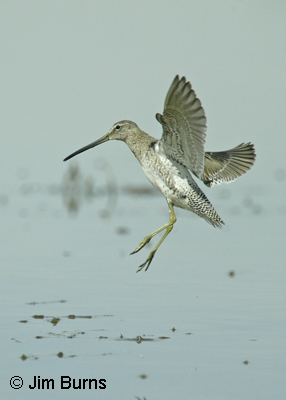
"Shorebird" is the common name given to 51 species of birds in four families which birders usually associate with beaches and mudflats. In Britain they're called "waders" because they feed in shallow water covering their feet. Ducks and gulls are seen on the shore, but they're not shorebirds. Woodcock and snipe are not seen on the shore, but they are shorebirds. We're going to get around to birds' names, but for now the best generic image for "shorebird" is our sandpipers, the small birds that run along the tide line picking tiny crustaceans from the surf.
Sandpipers are moving south in the middle of our summer because for them it's fall. Though we see them on shorelines, most of them breed inland in the tundra and taiga of the Arctic and breeding is timed to take advantage of peak insect activity. Arctic summers are short. Failed breeders leave the north first, followed by adult females, then adult males, and finally the juveniles of the year in August. In late June, if you see a migrant shorebird in Arizona, it could be coming or going.
Next time you see a sandpiper, observe its wing shape and body structure. The wings are long and pointed, the bodies tapered, to facilitate fast migrations over thousands of miles. Many of our sandpipers are long distance migrants that spend the winter in southern South America.
There's good news and bad news for birders. The good news is that, like most long distance migrants, shorebirds often show up in odd places outside their usual migratory paths. Fall is an exciting time for birders seeking local or regional shorebird rarities. The bad news is that shorebirds are amongst the hardest groups of birds to identify because many species are very similar in appearance, yet breeding plumaged adults, winter adults, and migrating juveniles of the same species are often very dissimilar.
As you'd suspect, central Arizona is not rich in shorebird habitat, but many local birders relish the late summer opportunity to hone their identification skills at the few sites which do exist. Until recently the most productive of those sites were the mudflats behind Painted Rock Dam west of Gila Bend (in heavy monsoon summers), and the El Mirage farm pond in the far west Valley along El Mirage Rd at Illini St.
The construction of the recharge basins at the Neeley Water Ranch (just north of Elliot on Cooper Rd) and the Gilbert Water Ranch (southeast corner of Guadalupe and Greenfield Rds) in Gilbert has provided Phoenix shorebird enthusiasts with close-in locations where fluctuating water levels often bring in fresh waves of tantalizing new shorebirds weekly, if not daily, during the fall.
Right now you're thinking baseball, watermelon, and the monsoon, but its high autumn out there on our shorebirds' internal calendars.